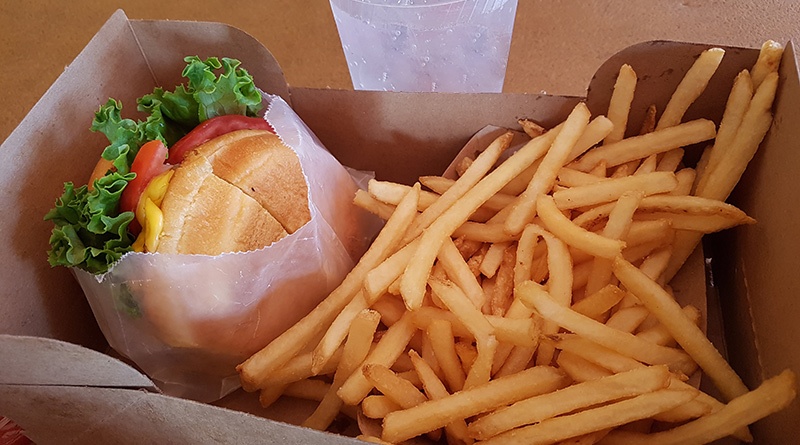Takeaway Restaurants See Increase In Food Waste During Lockdown

The publics “unpredictable ordering patterns” during lockdown have led to an increase in food waste in takeaway restaurants according to new research.
In a survey of 341 restaurants “fluctuations/unpredictable consumer ordering patterns” were said to be the main reason for food waste (54%), followed by disrupted supply chain (38%) and business models (36%). This has led to an increase in food waste generated – from £111 to £148 per week per restaurant. According to the SRA and Just Eat, this represents a £16.7m rise for the sector as a whole during lockdown.
Almost half (45%) said they throw most food waste into the bin, though some are giving away food, either to their staff or to vulnerable or homeless people.
“No business in its right mind wants to see its core product end up in the bin, especially not when it’s costing almost £400m a year and contributing to a carbon footprint larger than the global aviation industry,” said Andrew Stephen, chief executive of the SRA. “Now is an opportune time for operators to review their menu, simplify processes, and design out waste.”
Just Eat said it intends to provide more data and insights on ordering patterns to restaurants to help them better anticipate fluctuations in demand during the lockdown period. It also pointed to food waste guidance documents published by the SRA and the Waste and Resources Action Programme (WRAP) that could help takeaway operators waste less.
“Reducing avoidable food waste is one of the easiest ways we can tackle the carbon footprint of takeaway meals and make a positive impact on the environment,” said Robin Clark, Just Eat’s director of global restaurant services and sustainability. “With food delivery services more vital now than ever and restaurants operating on tighter budgets, it feels like the right time to help our partners tackle the food wasted in their kitchens.”
Just Eat said it is now providing restaurants with insights and data to “help them better anticipate lockdown fluctuations”. It also encouraged businesses to use the Too Good To Go app, through which they can sell surplus food to consumers for a discounted price.
Research amongst consumers, meanwhile, suggests they are ordering too much or the portions are simply too big. Large portion size was the main reason they threw food away (43%). One in four (25%) said that more than half the time/every time they had leftovers from a takeaway that ended up in the bin, whilst 45% reported throwing away items they didn’t ask for.
The average household threw away nearly one tenth (9%) of takeaway food they ordered. One in four people (25%) said that more than half the time they ordered a takeaway they had leftovers that ended up in the bin.
Just Eat and the Sustainable Restaurant Association are offering new recipes to help consumers use up leftovers and reduce food waste.
